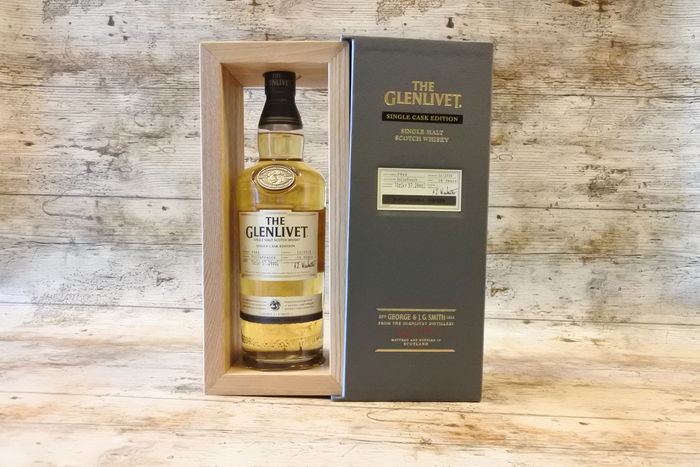
How does ABV effect whisky?
Alcoholic drinks have differing amount of alcohol in them; a beer for example has less than a spirit. The amount of alcohol a drink contains is measured in terms of "alcohol by volume", or "ABV". Lets take an example: if you were to make a cocktail using a spirit that was pure alcohol, nothing else, and mix it one part spirit to 9 parts orange juice, then your cocktail would be 10% ABV, 10% alcohol by volume.
A whisky must be at least 40% alcohol by volume in order to be legally classified as whisky. Look at many of the mainstay big brands on the supermarket shelf, and most will state "40% ABV" somewhere on the label - normally at the bottom in a smaller font.
But, beyond the 40% minimum whisky has a wide range of different bottling strengths. Why is this? Why does ABV matter? What difference does the amount of alcohol in whisky make? Watch our video to learn why ABV matters.
If you're reading this in June 2018, you'll also find out in the video how to win a rare bottle of The Glenlivet Tollafraick 16 year old, worth over £400, in our latest competition with Dream Whiskies. If you're reading this after June 2018, then don't worry: we run a monthly competition with Dream Whiskies, so just subscribe to our YouTube channel and turn on notifications so you won't miss the next prize.
Slainte mhath, and good luck!
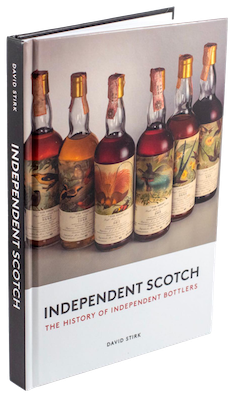
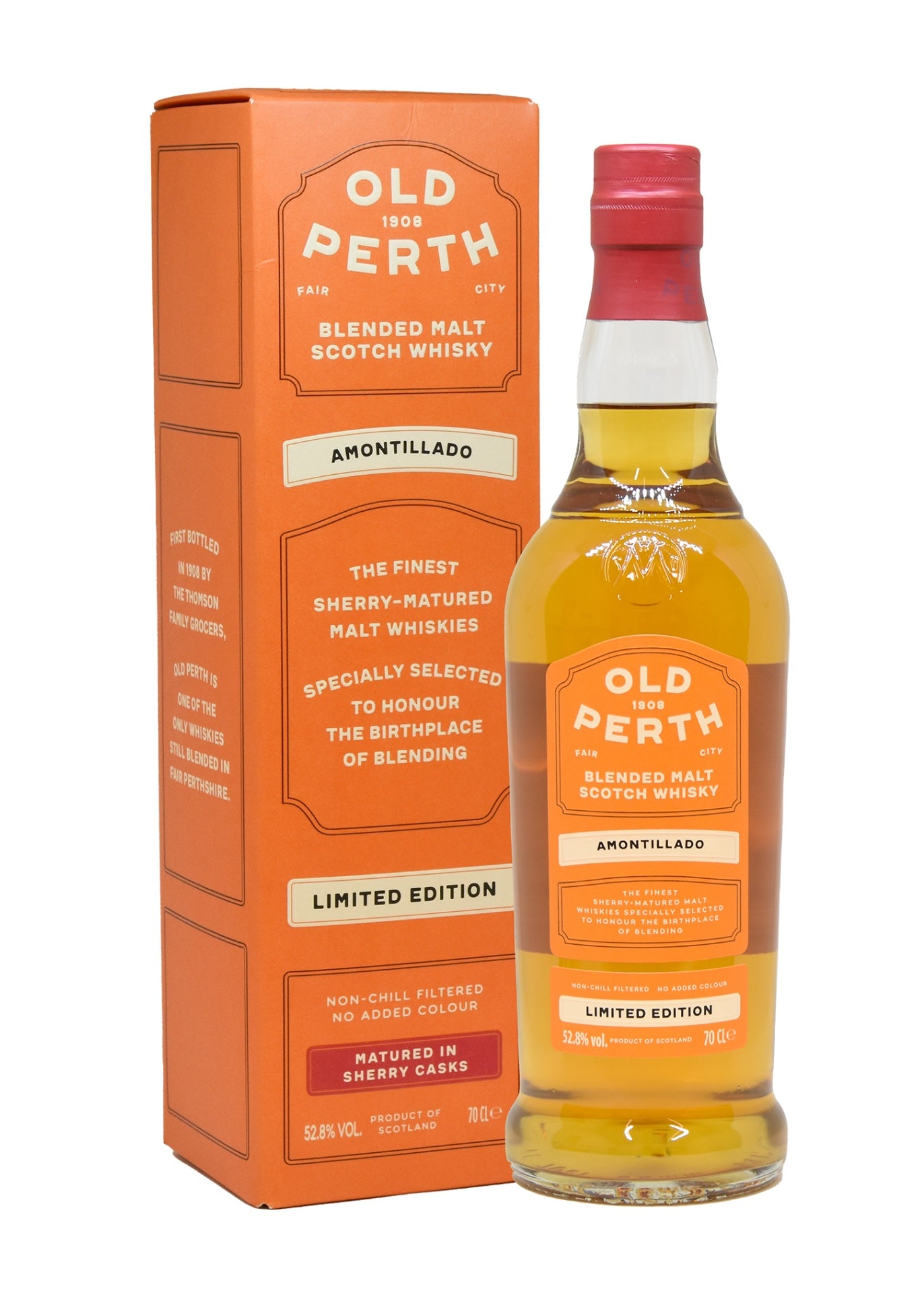
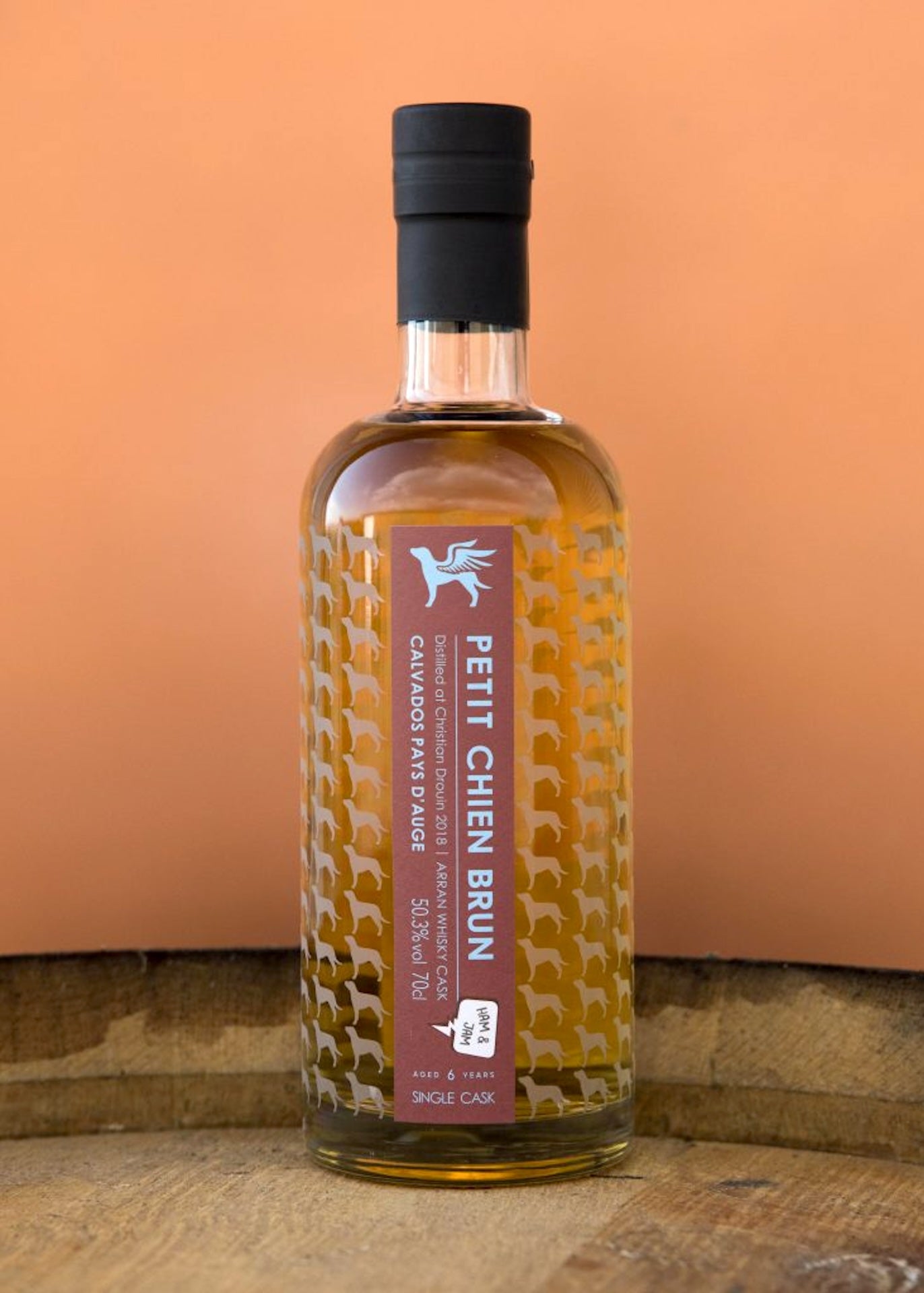
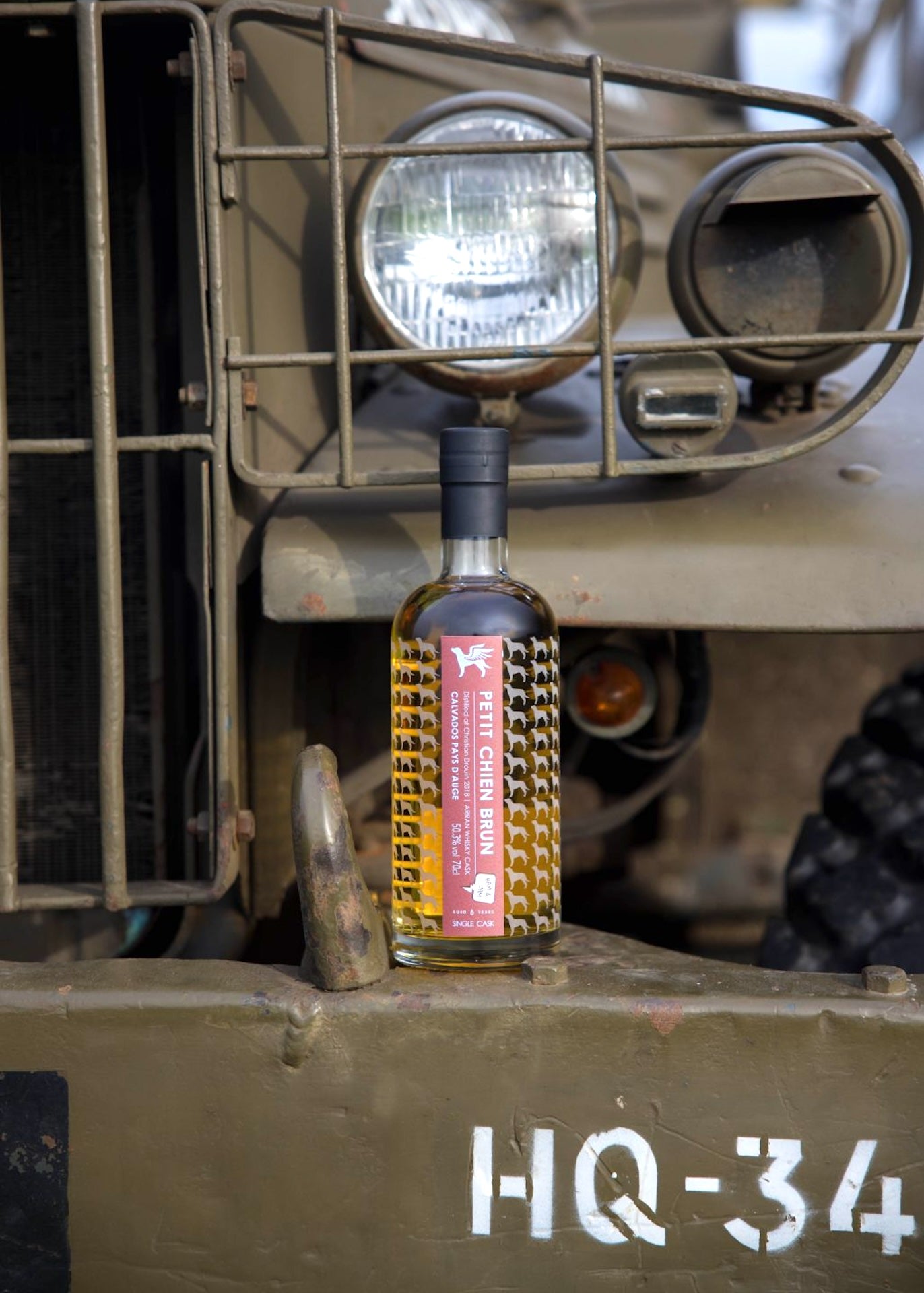
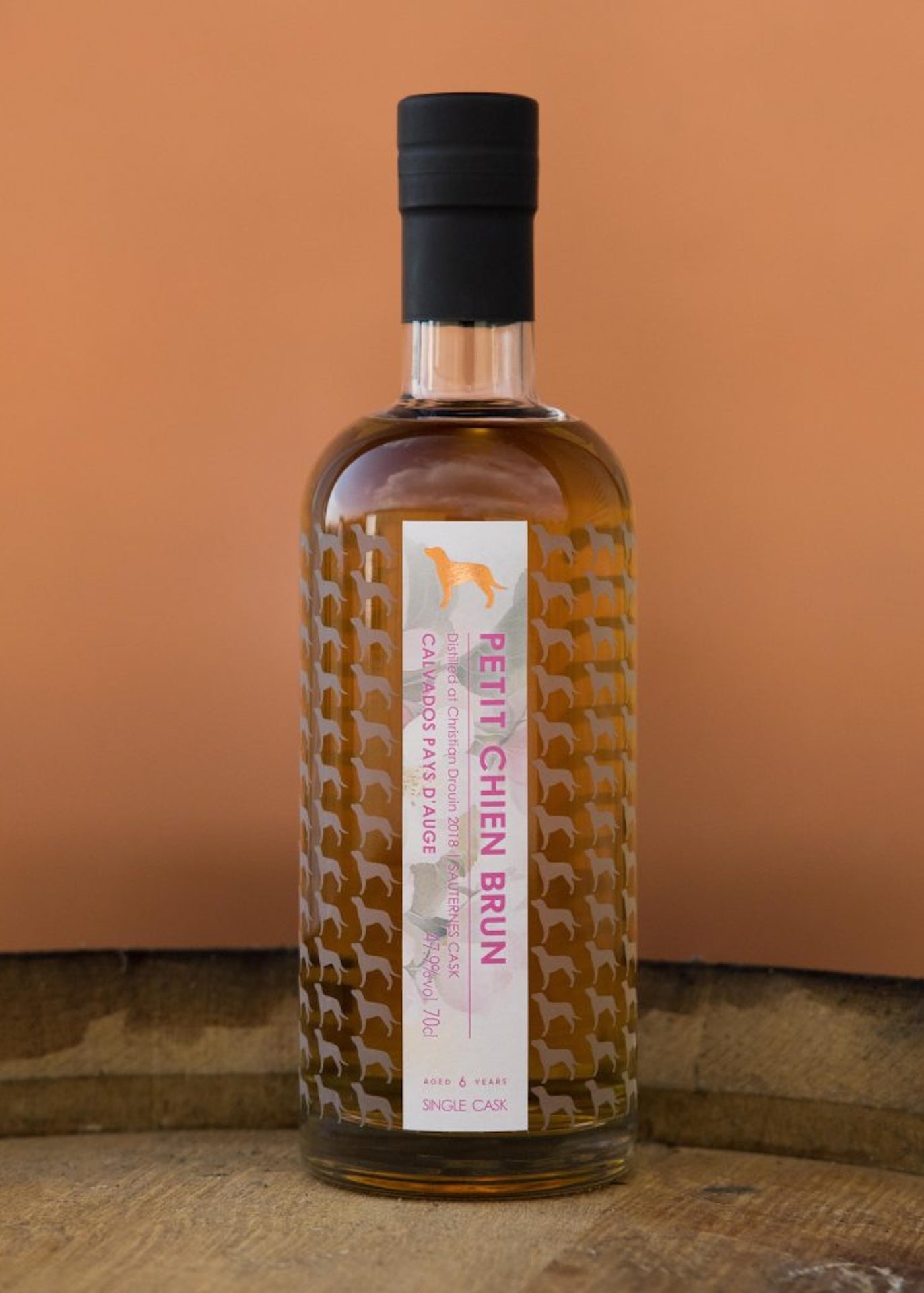
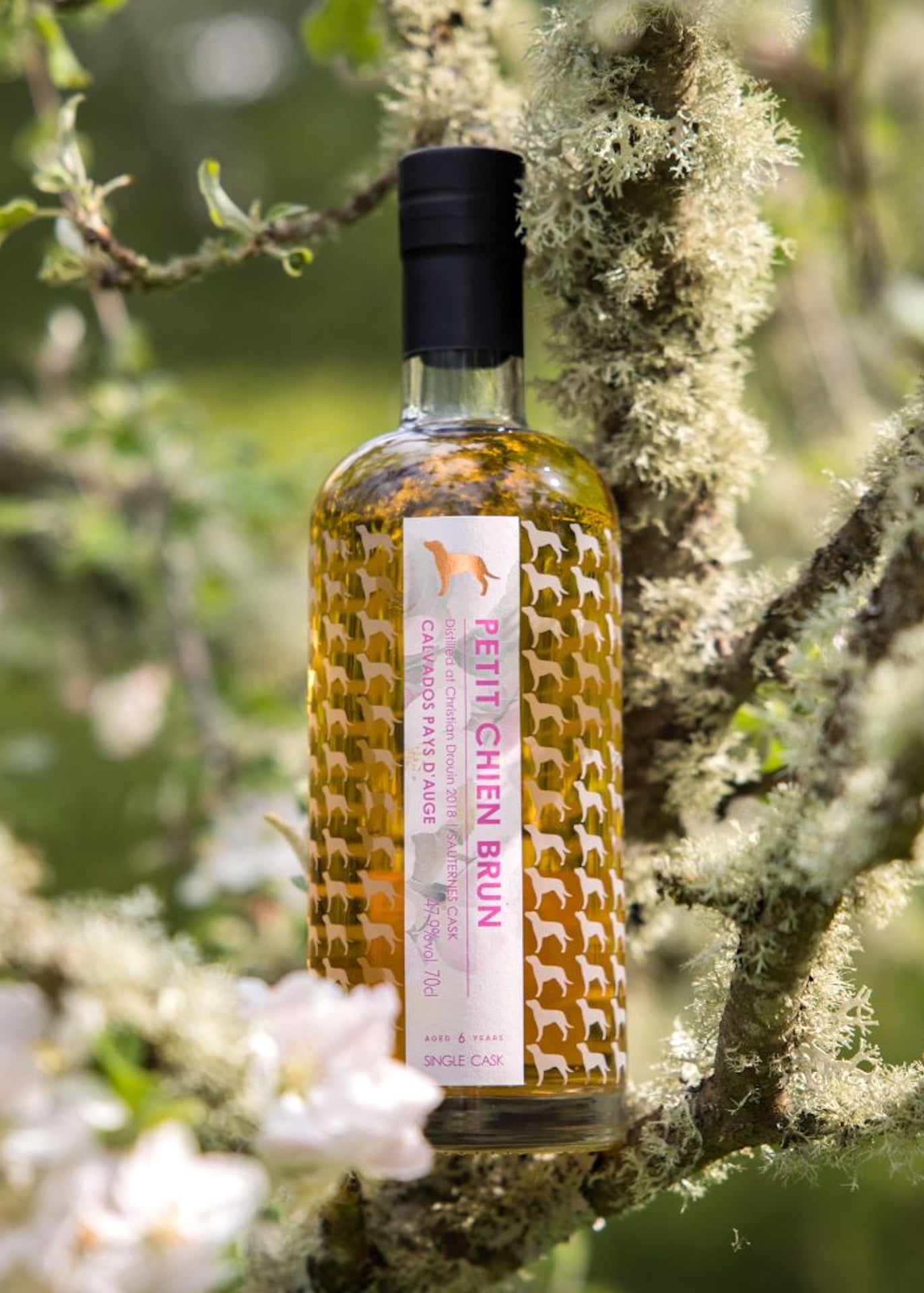
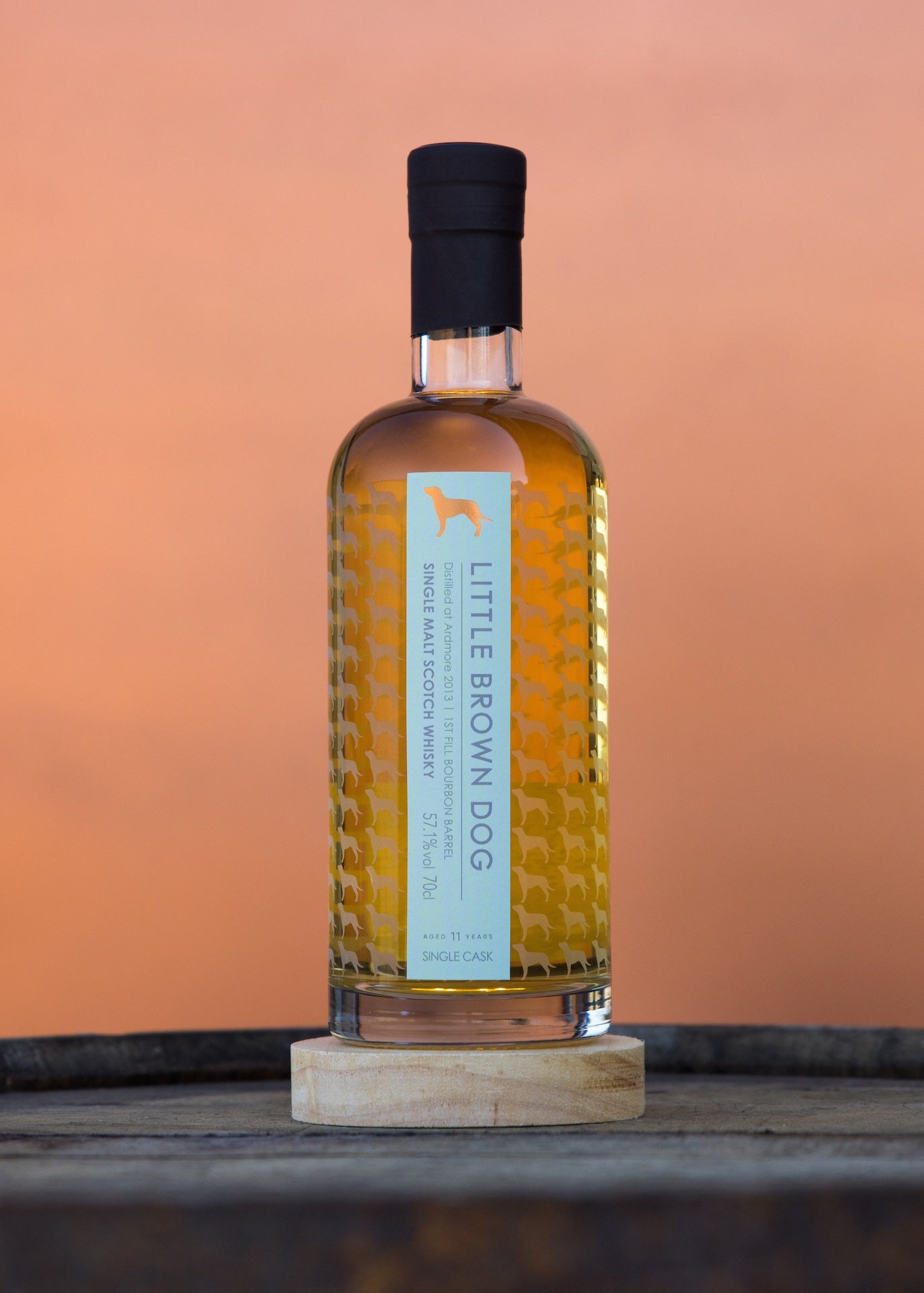
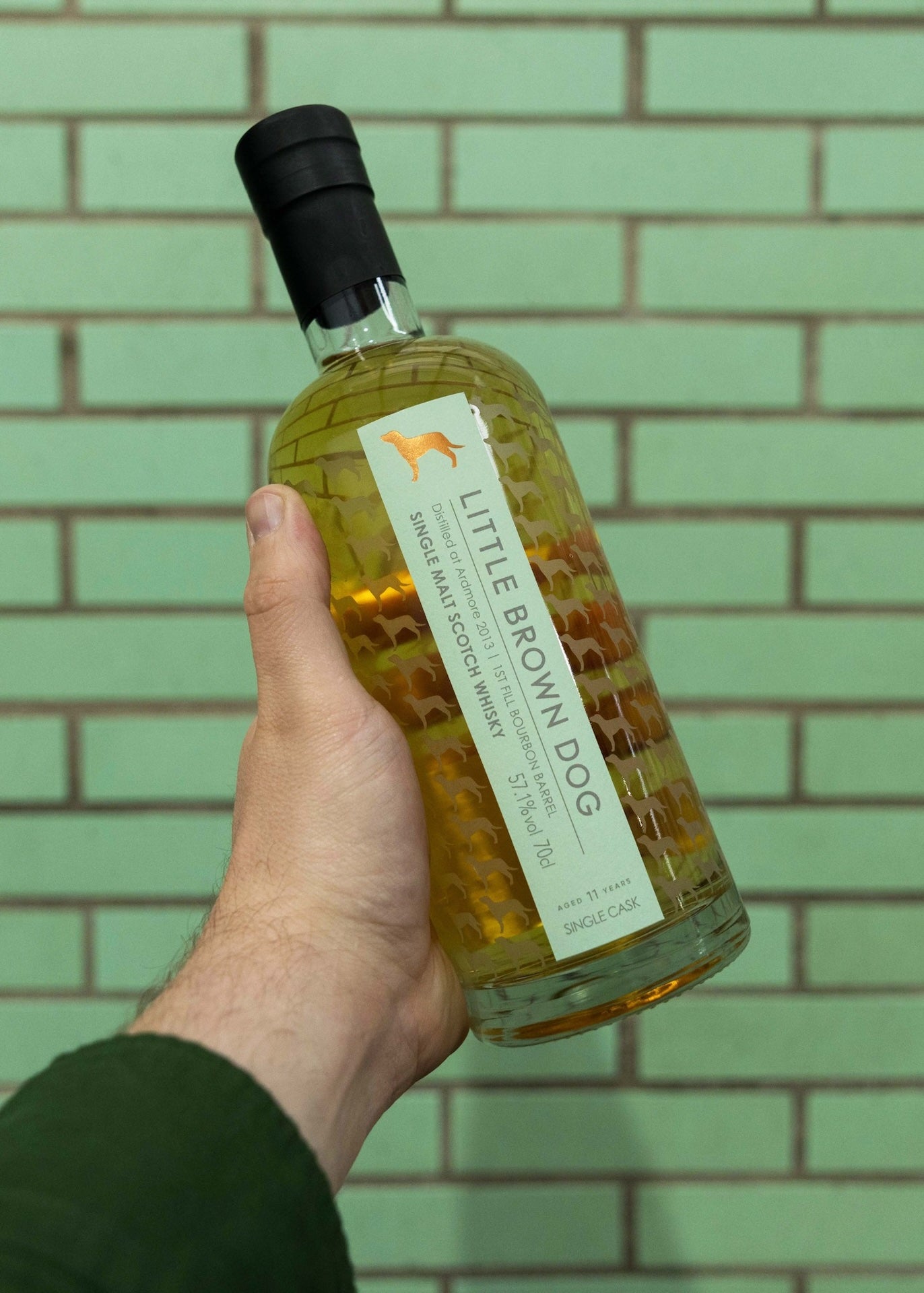
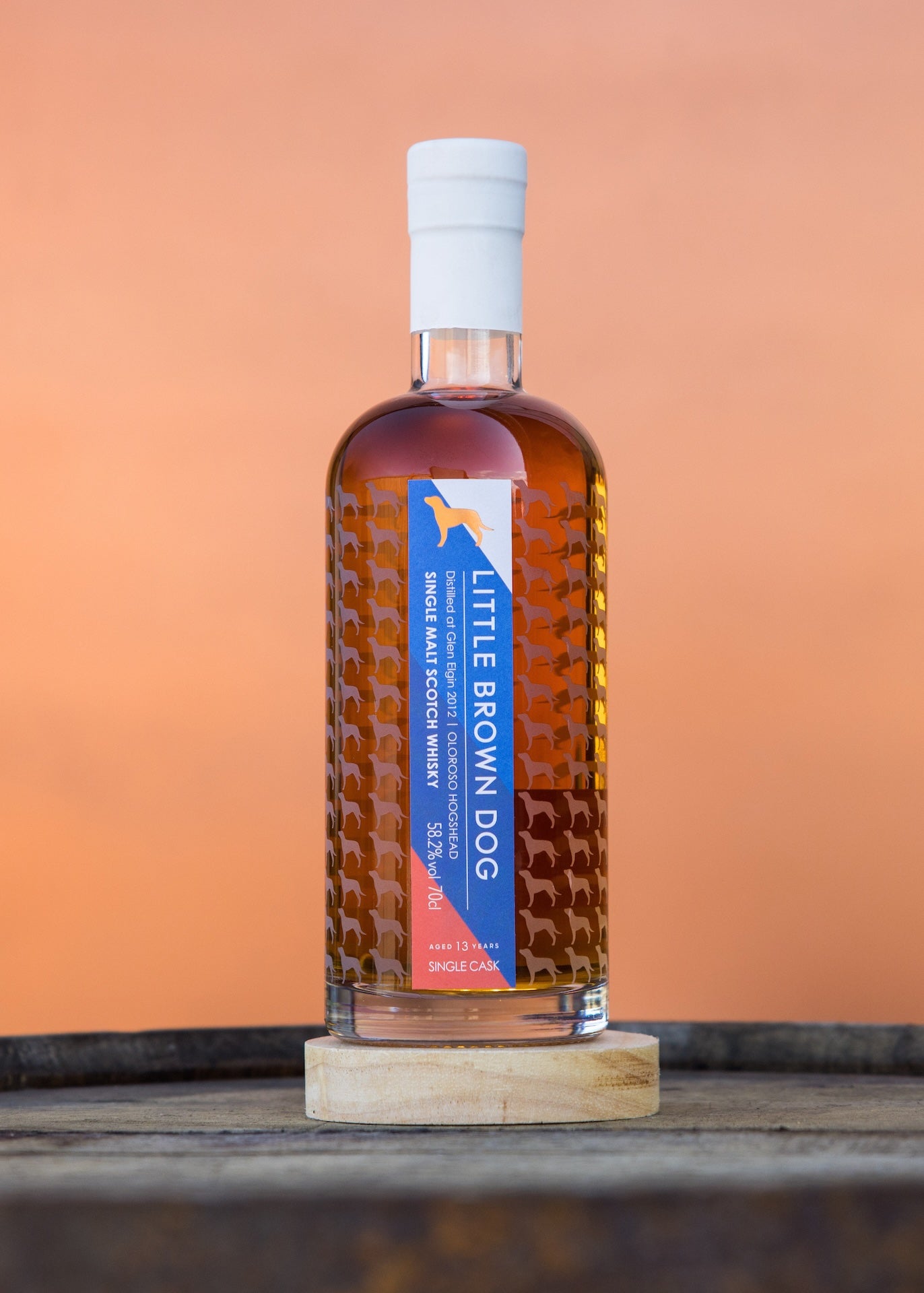
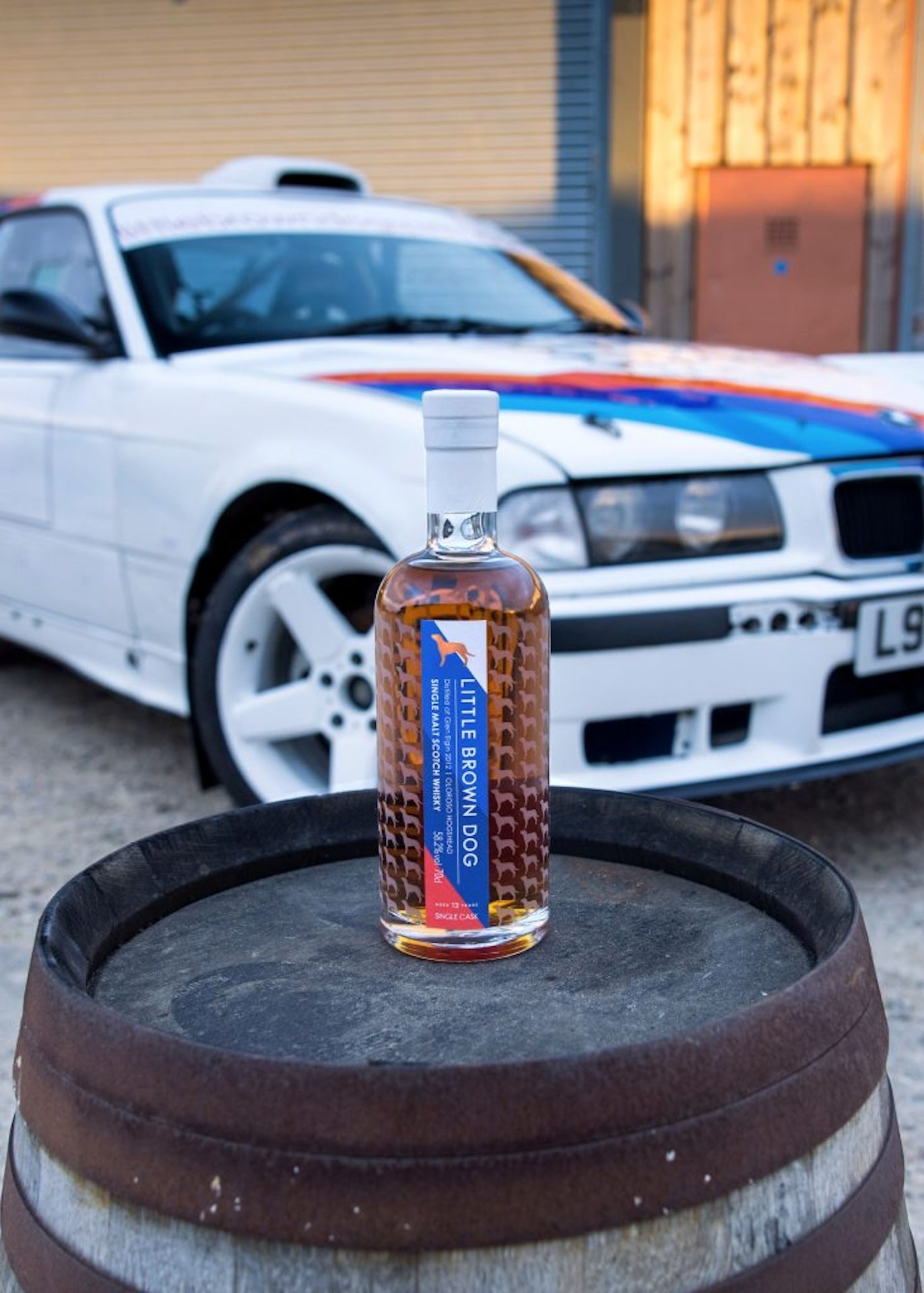
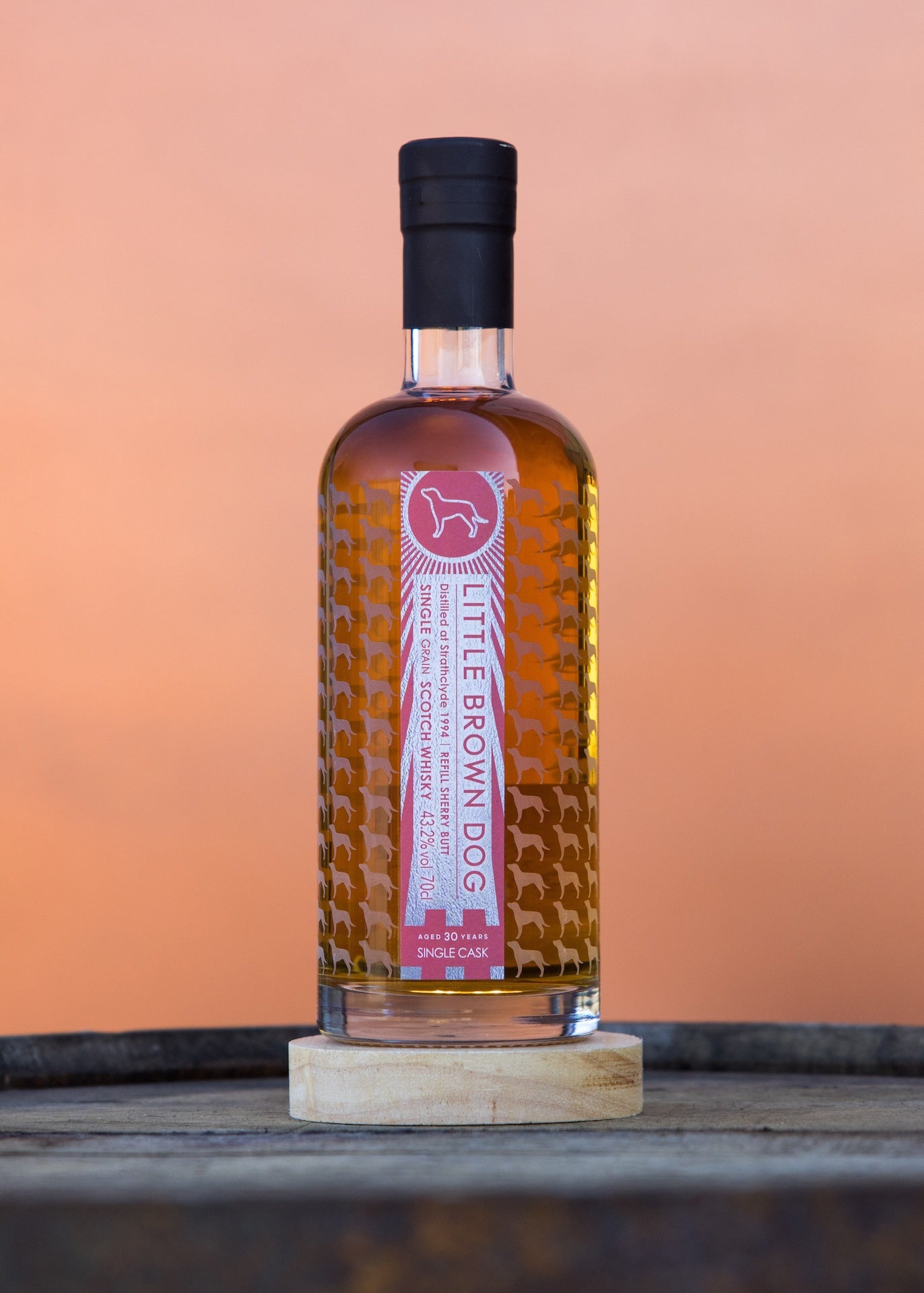
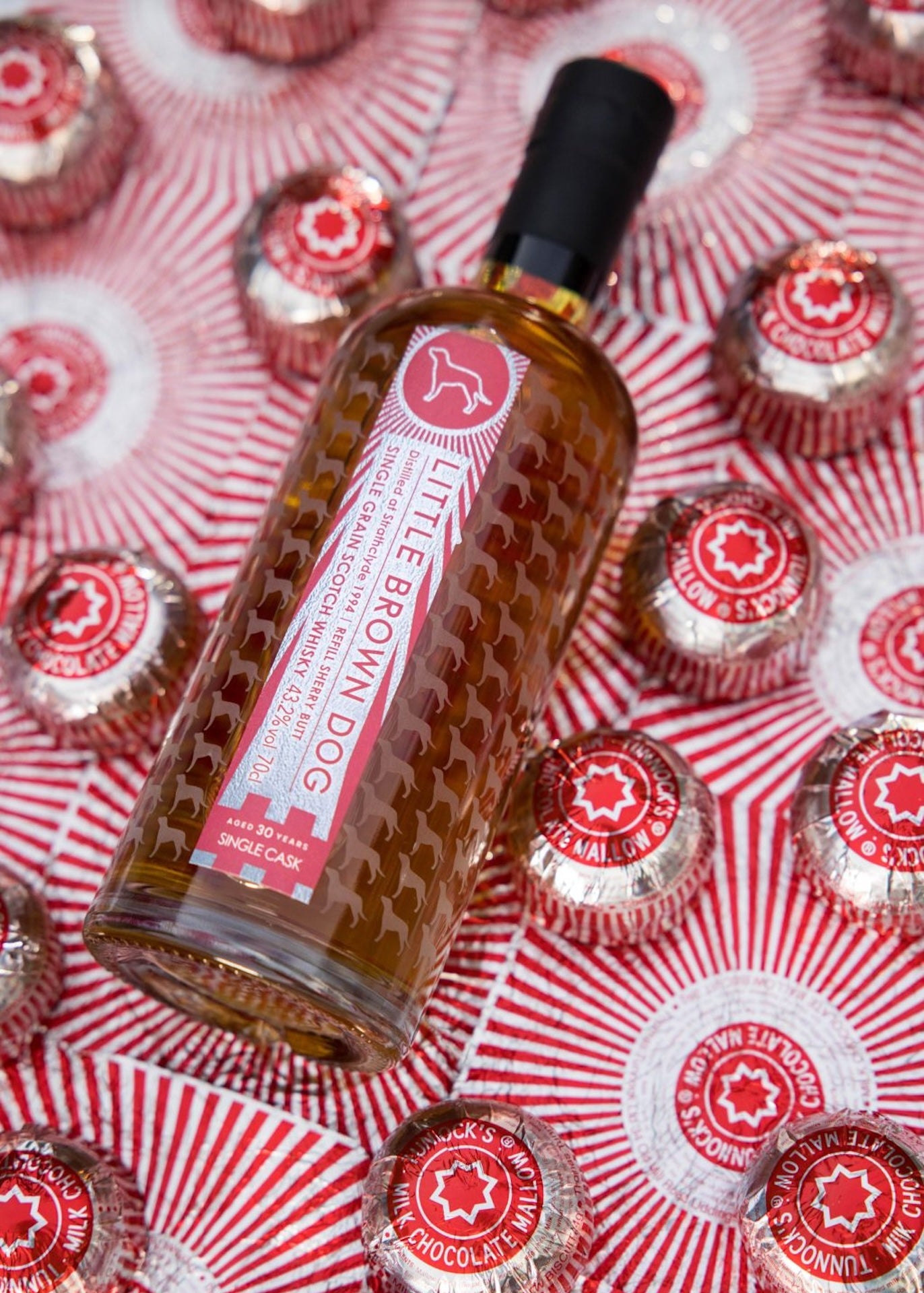
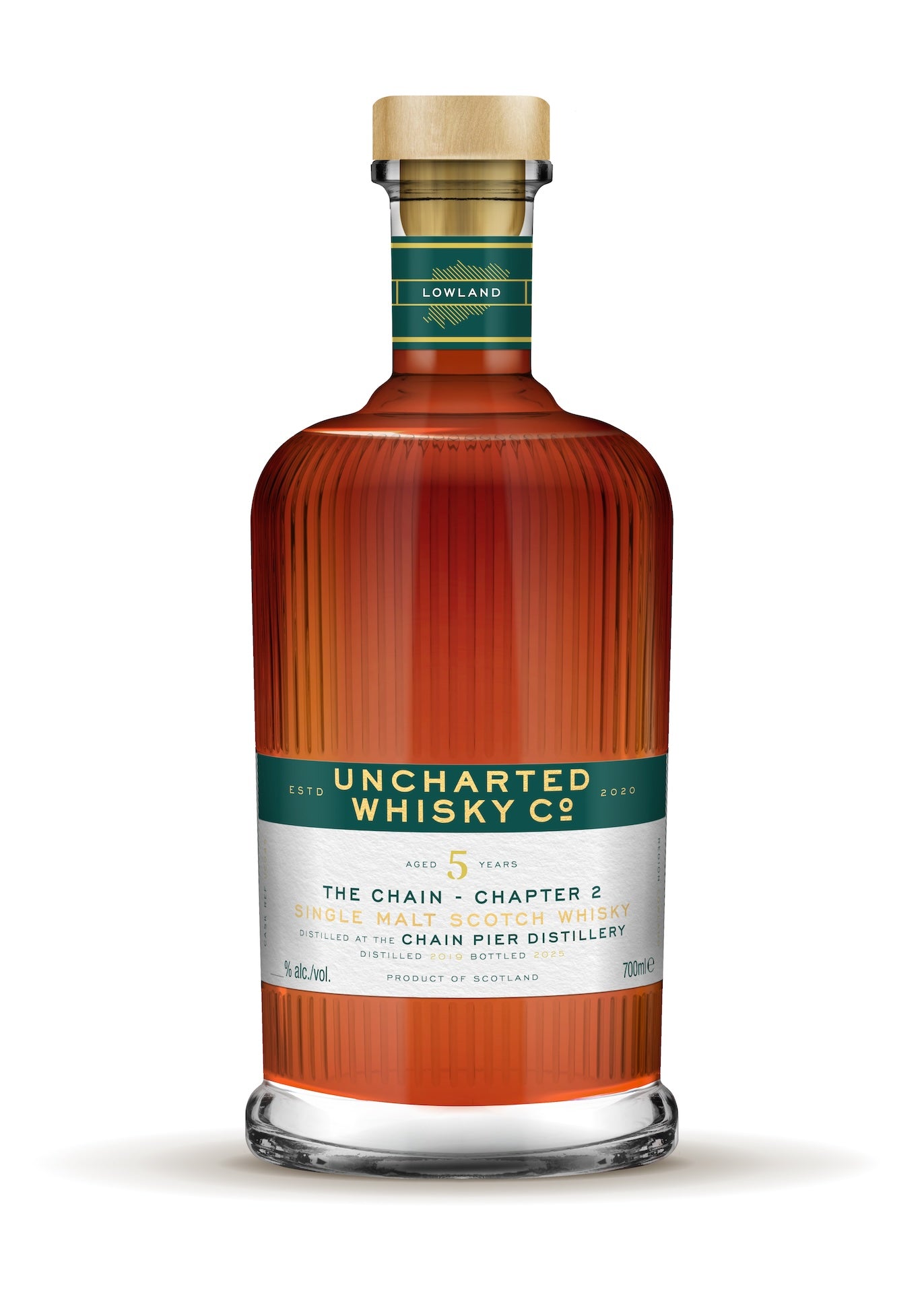
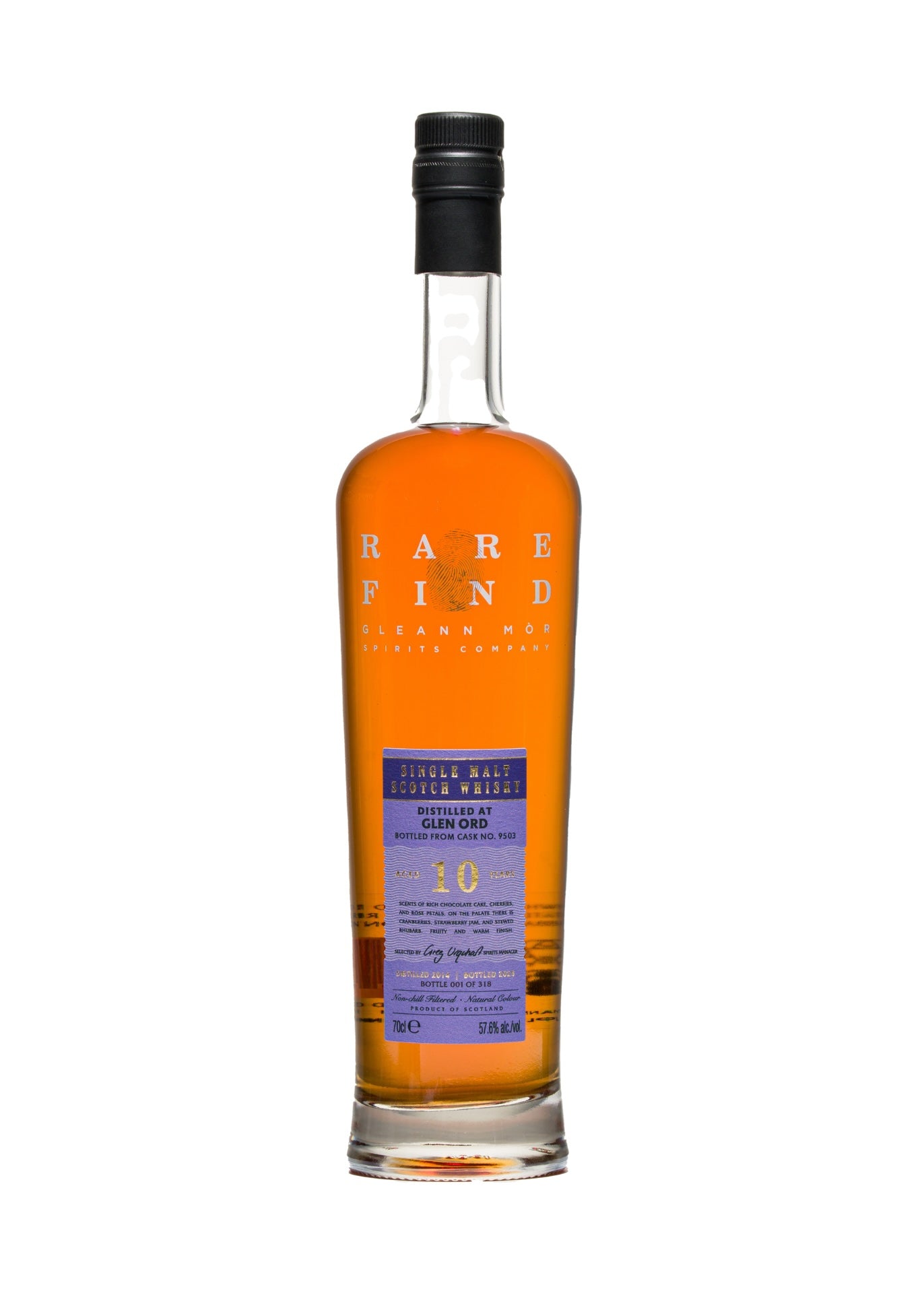
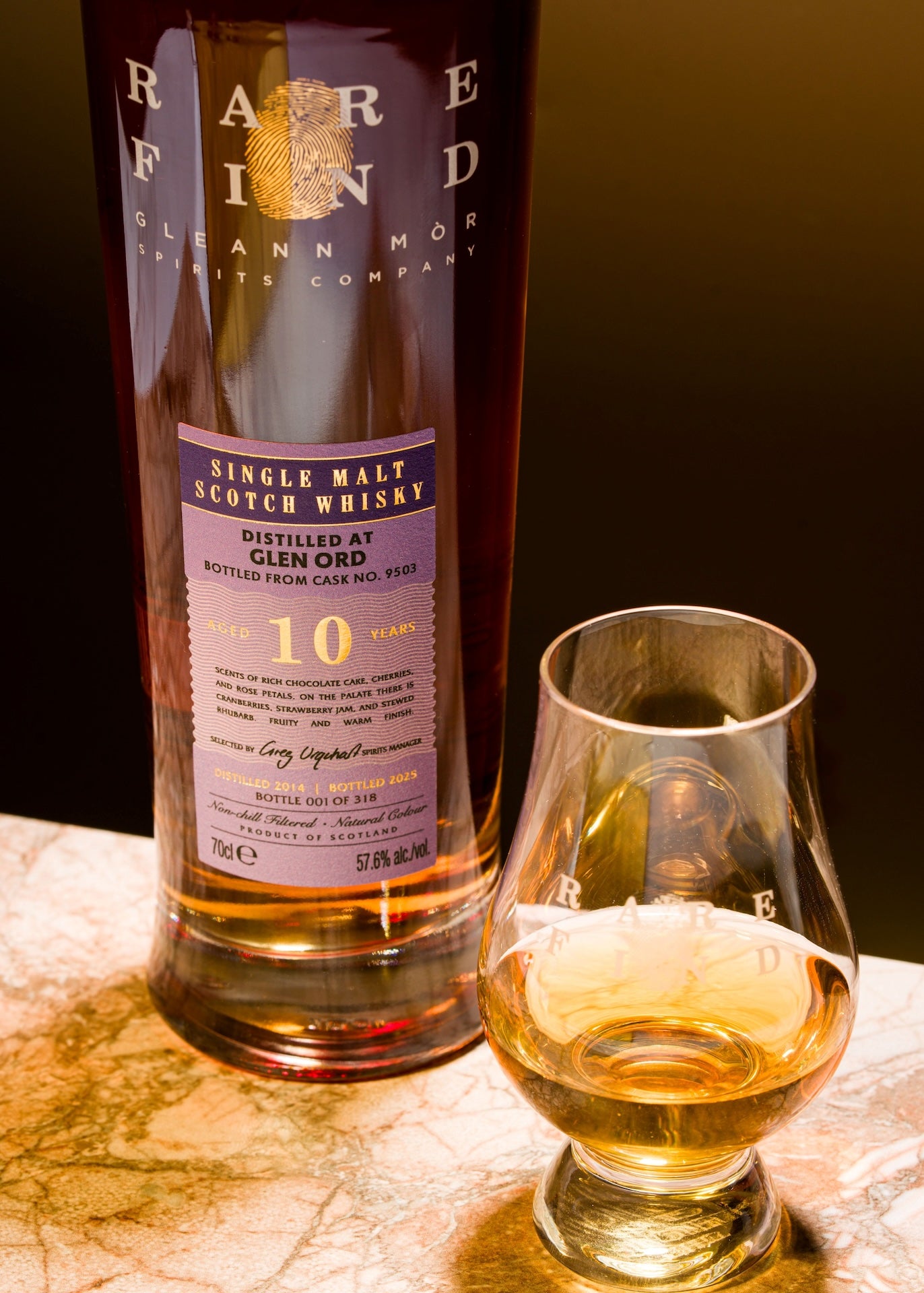
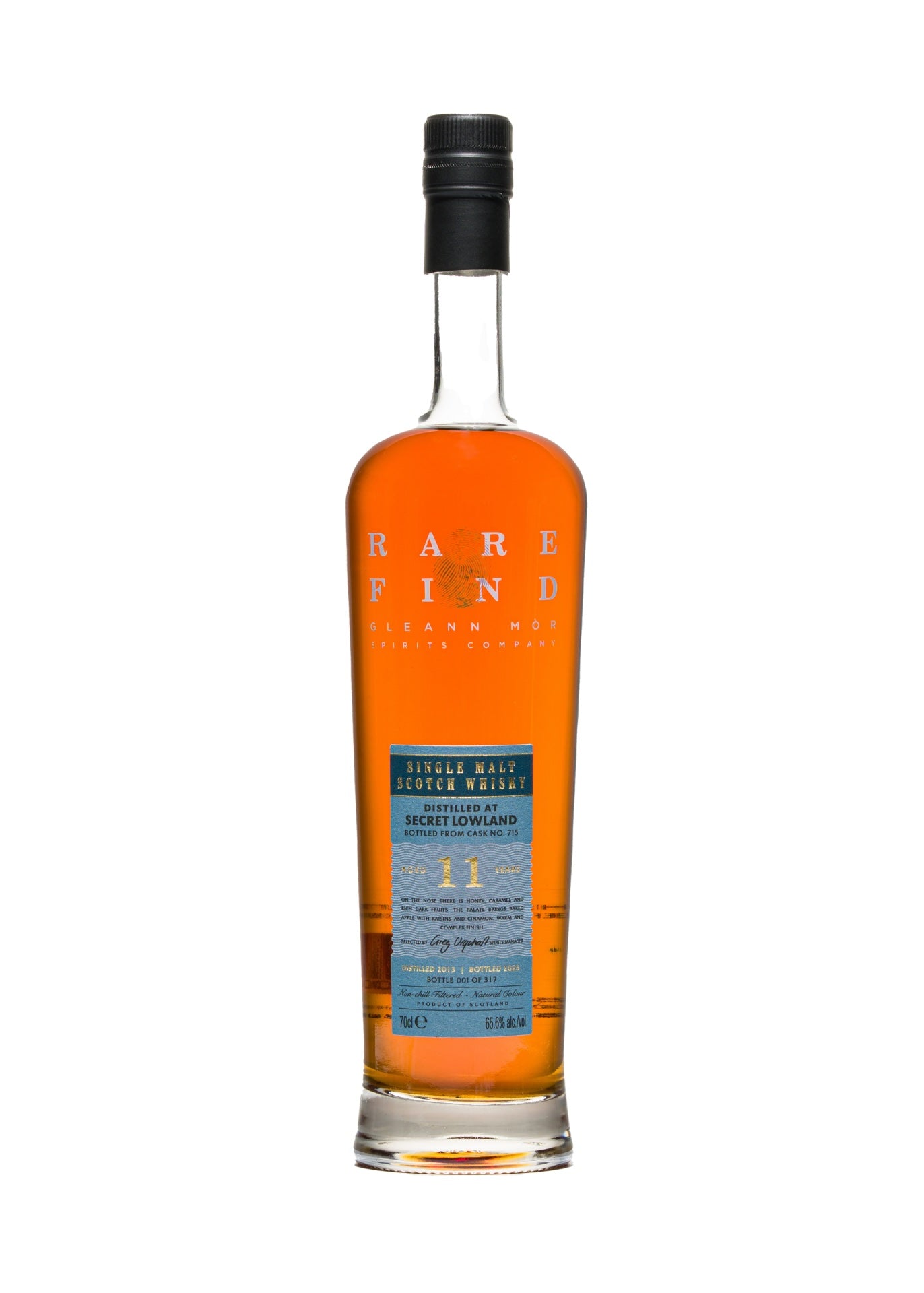
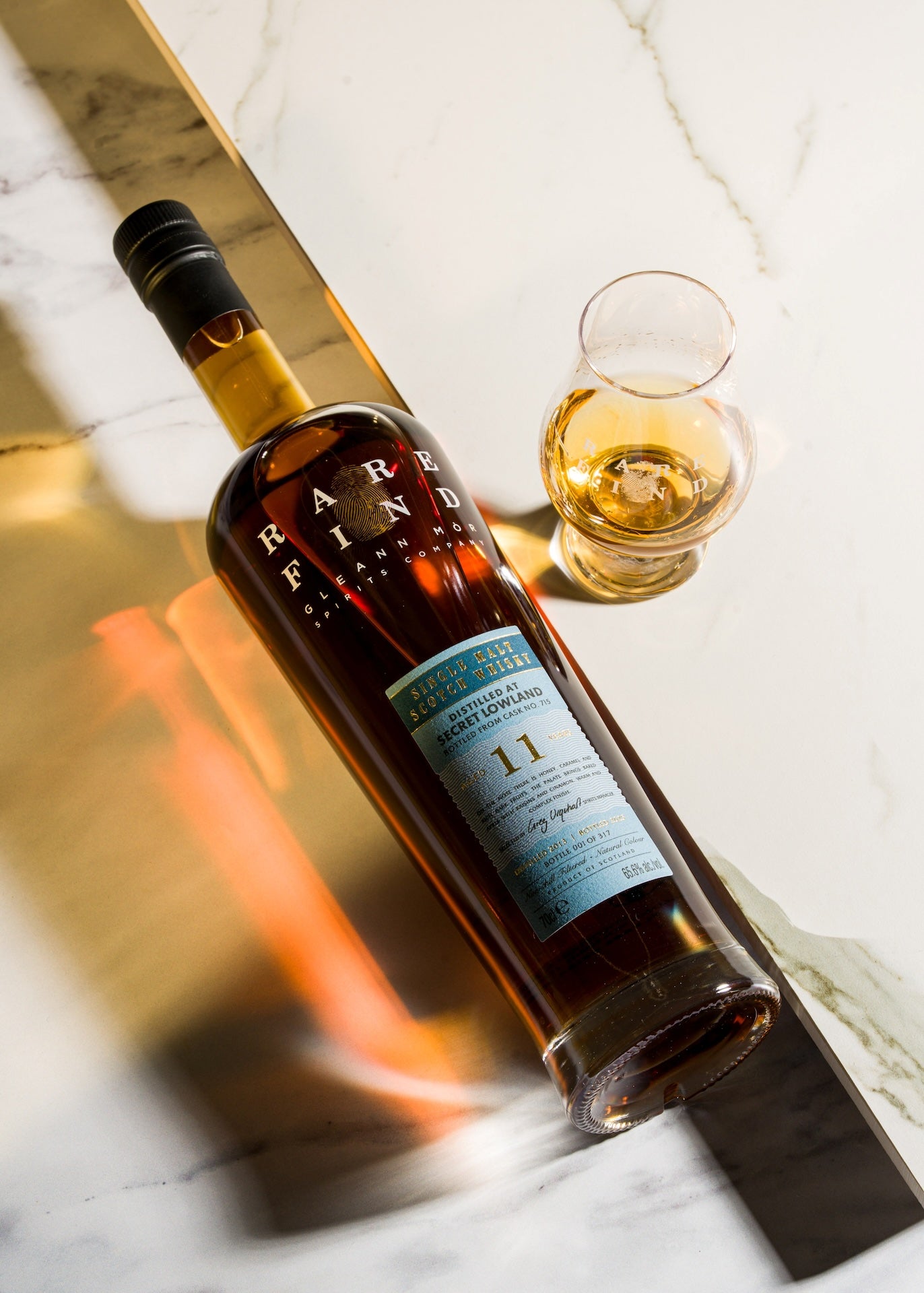
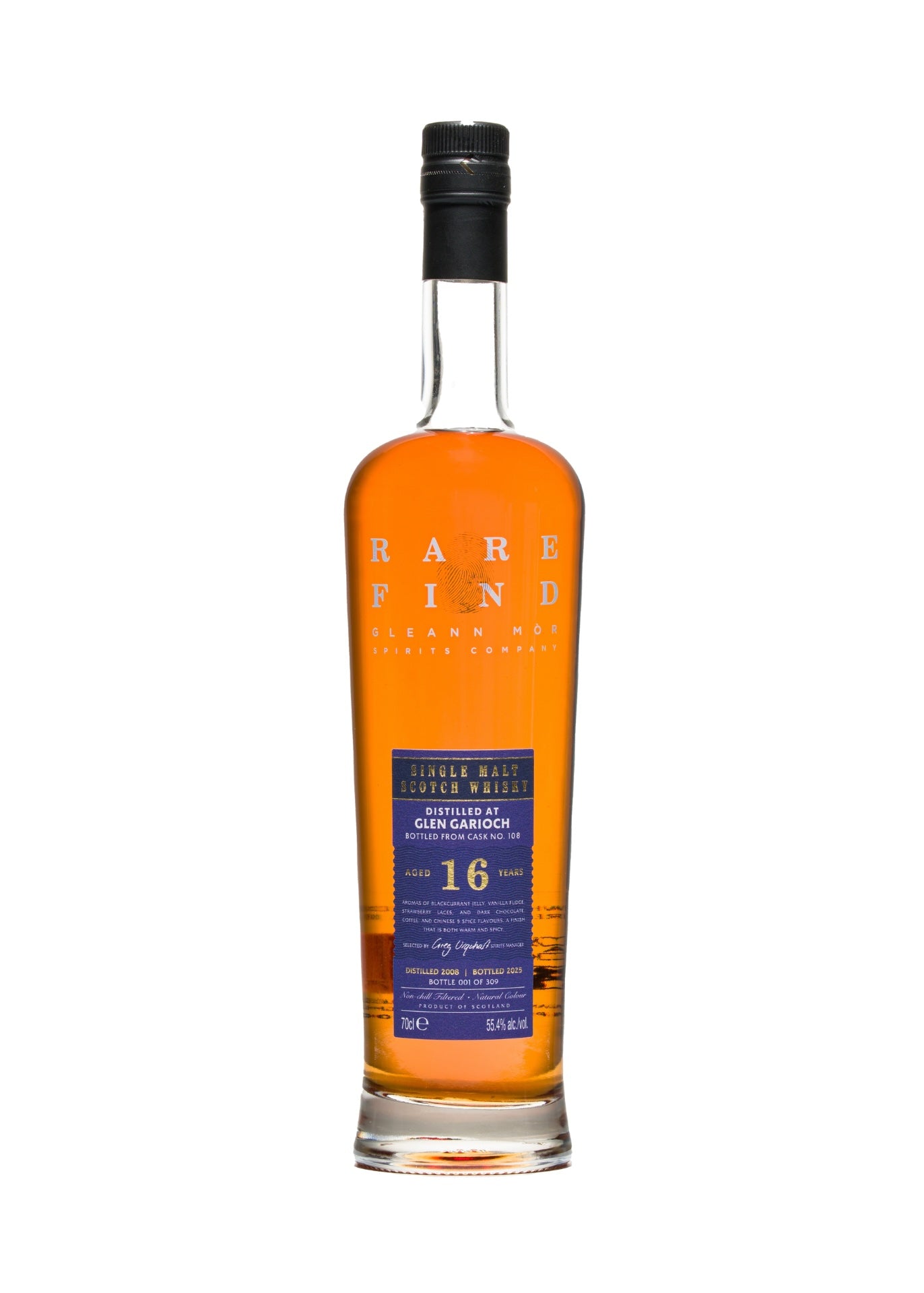
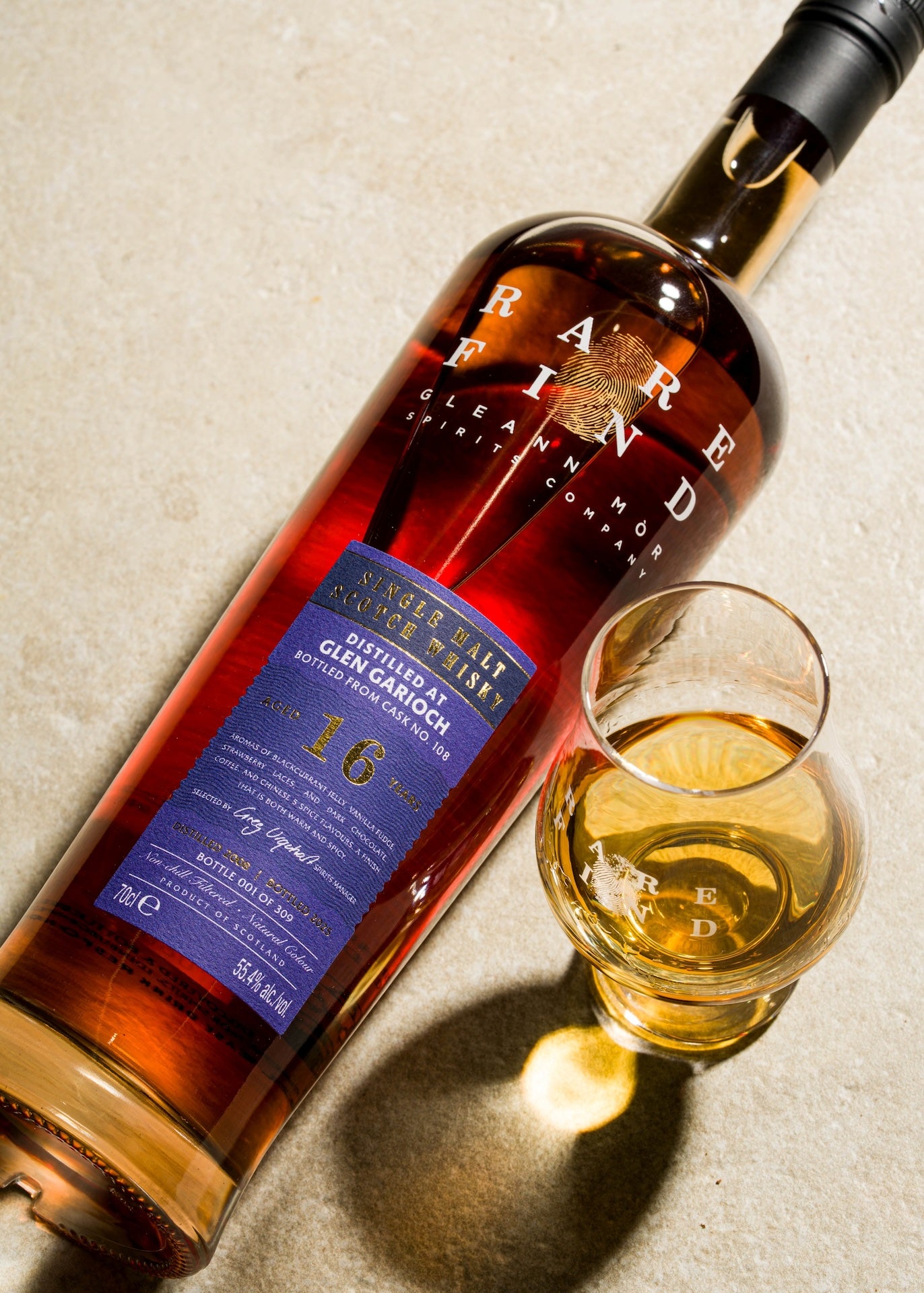
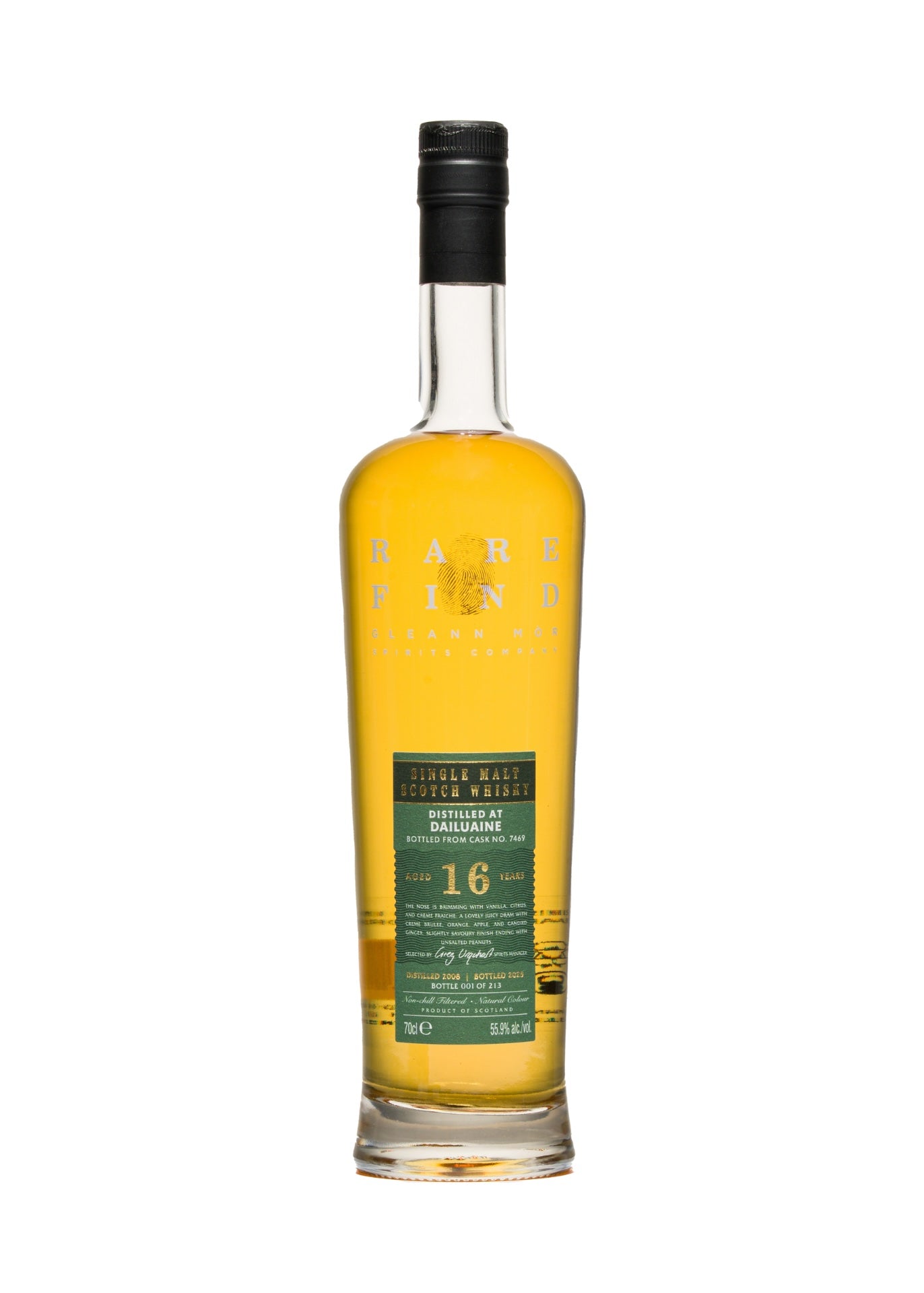
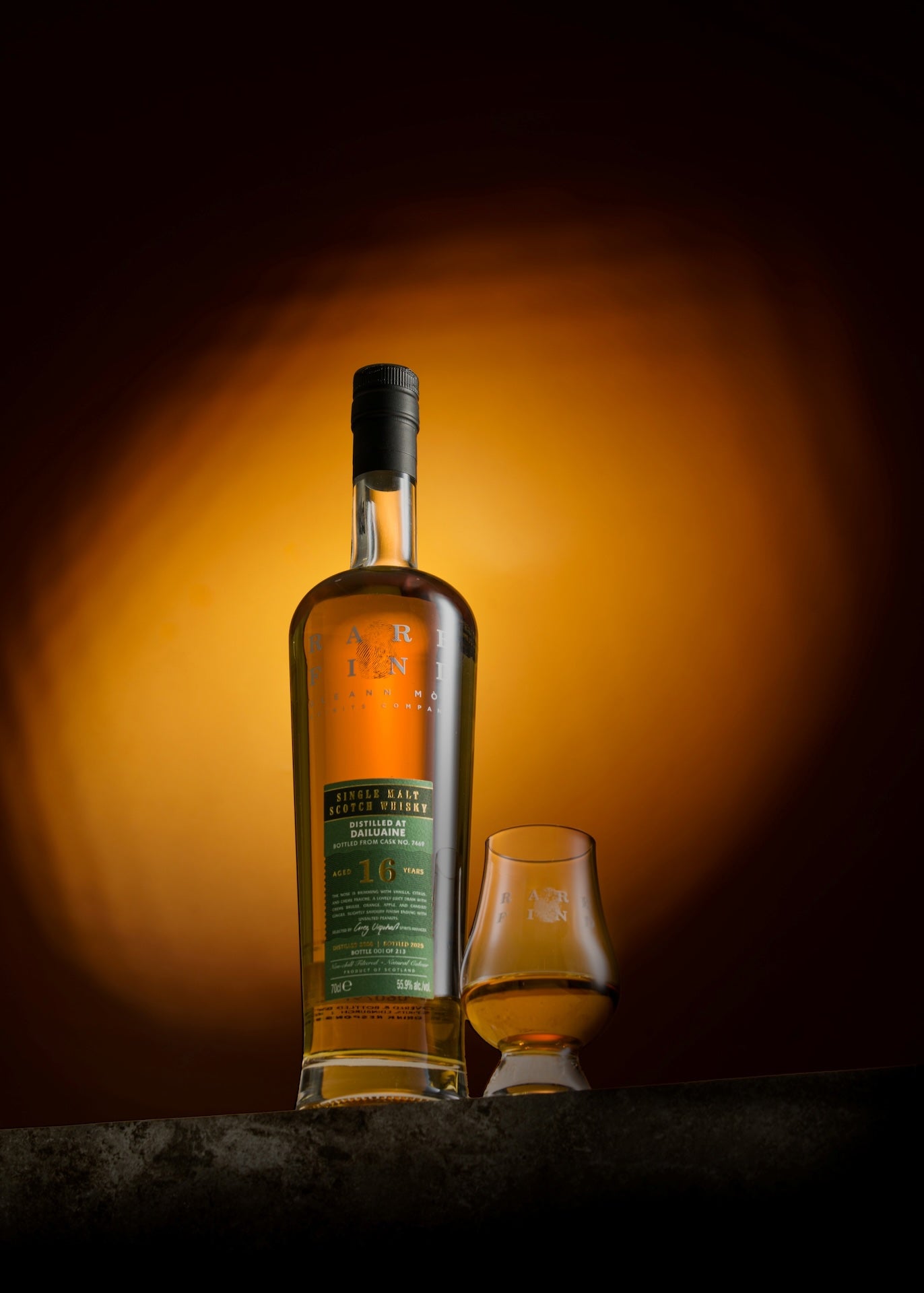
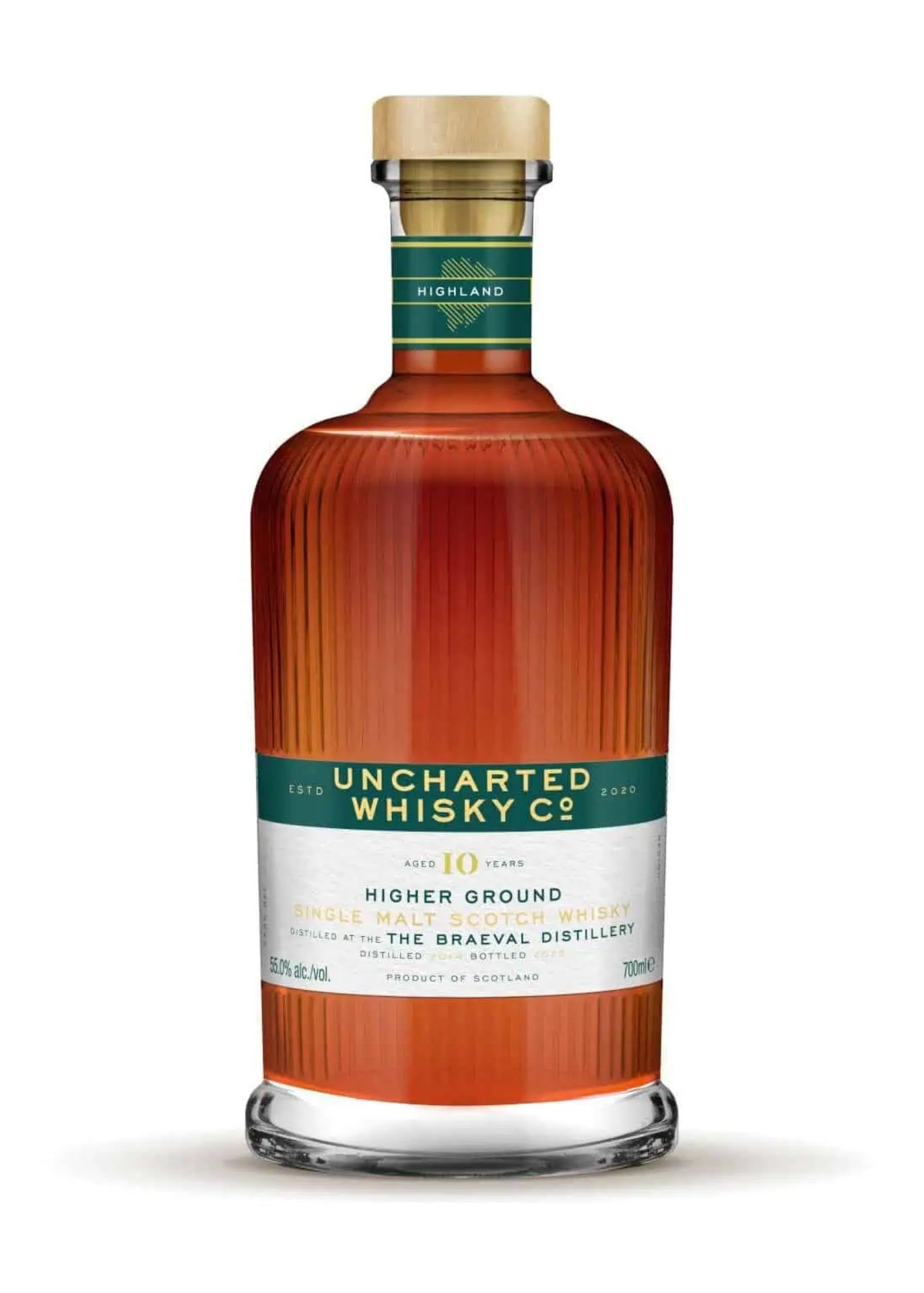
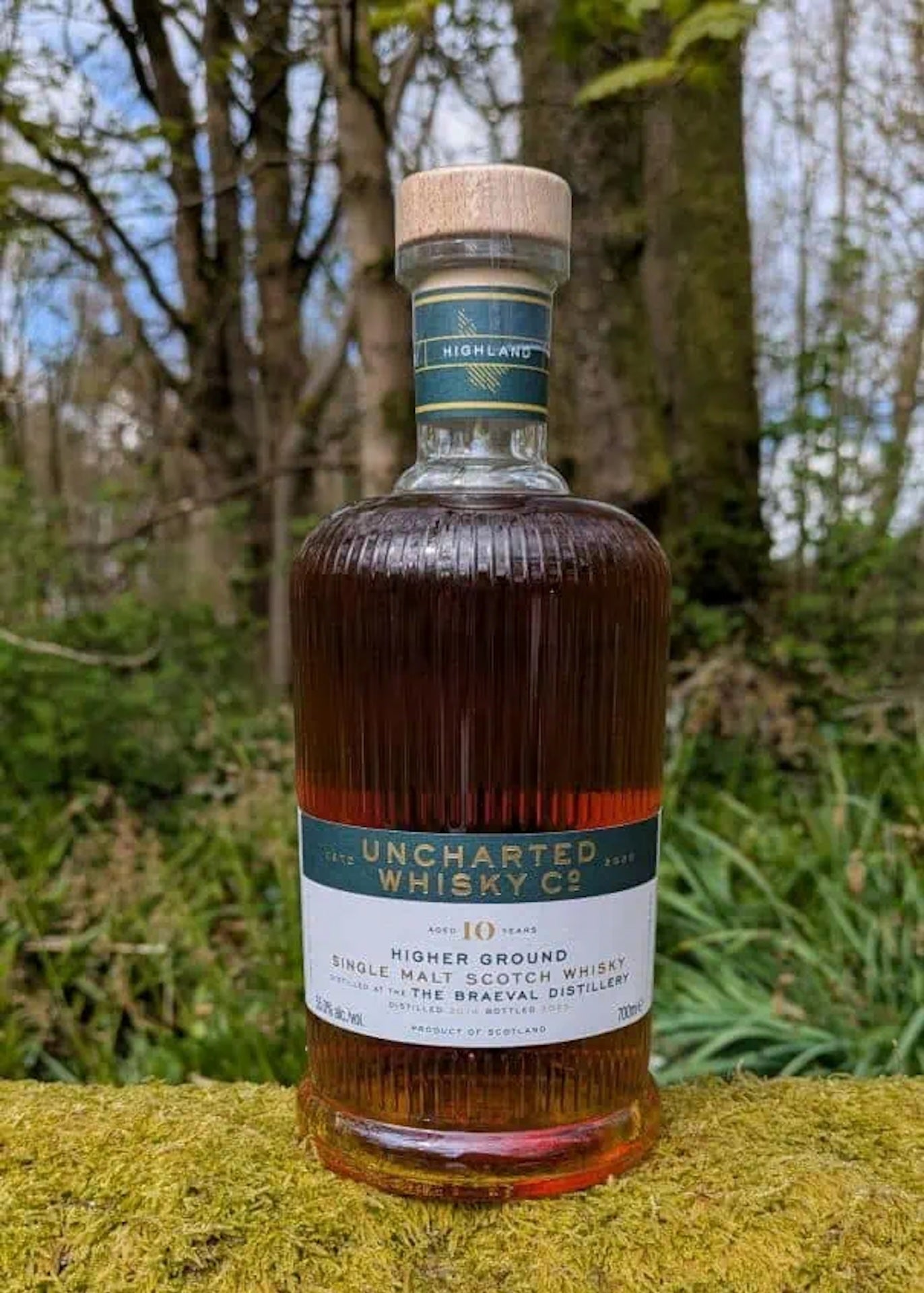
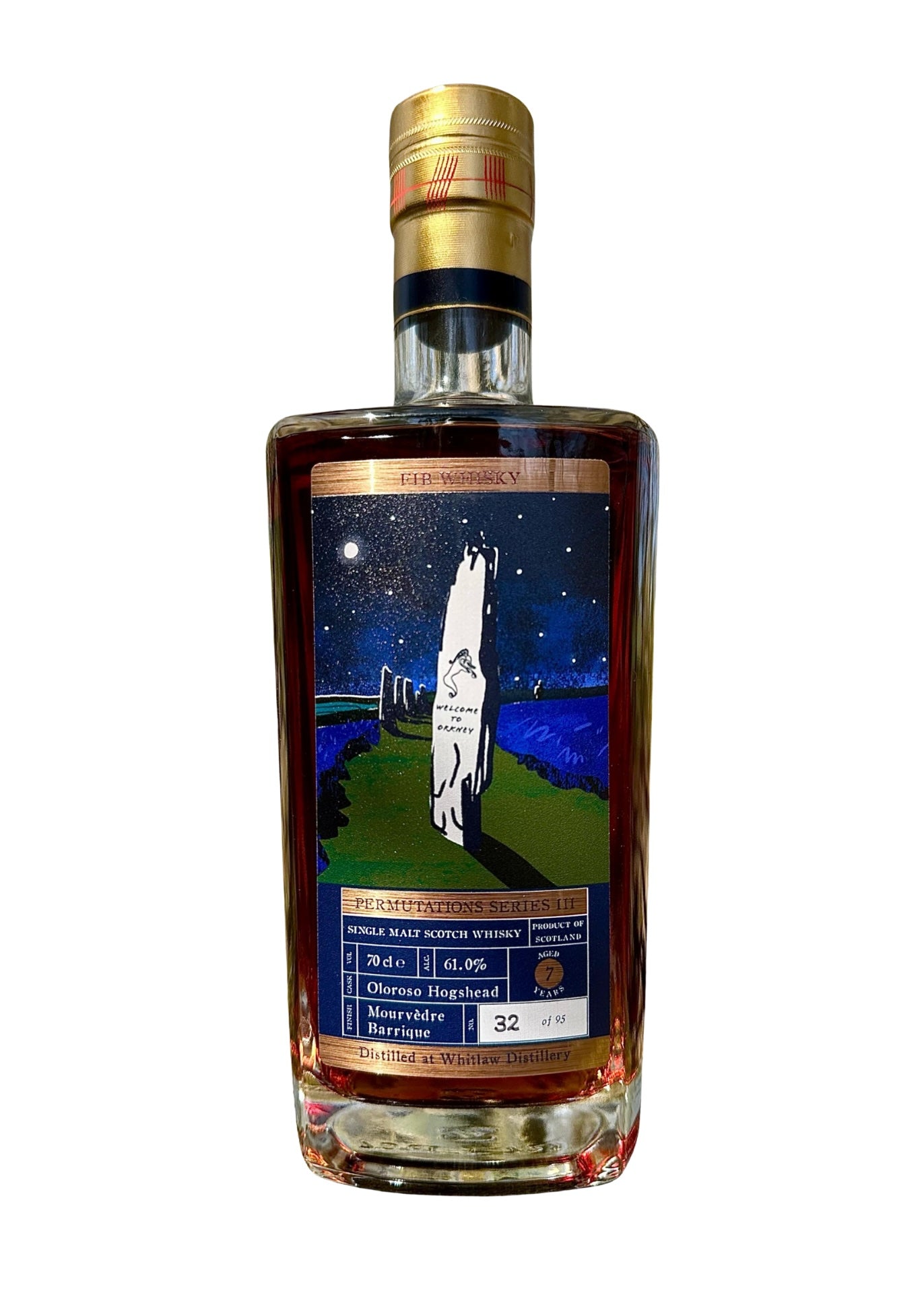
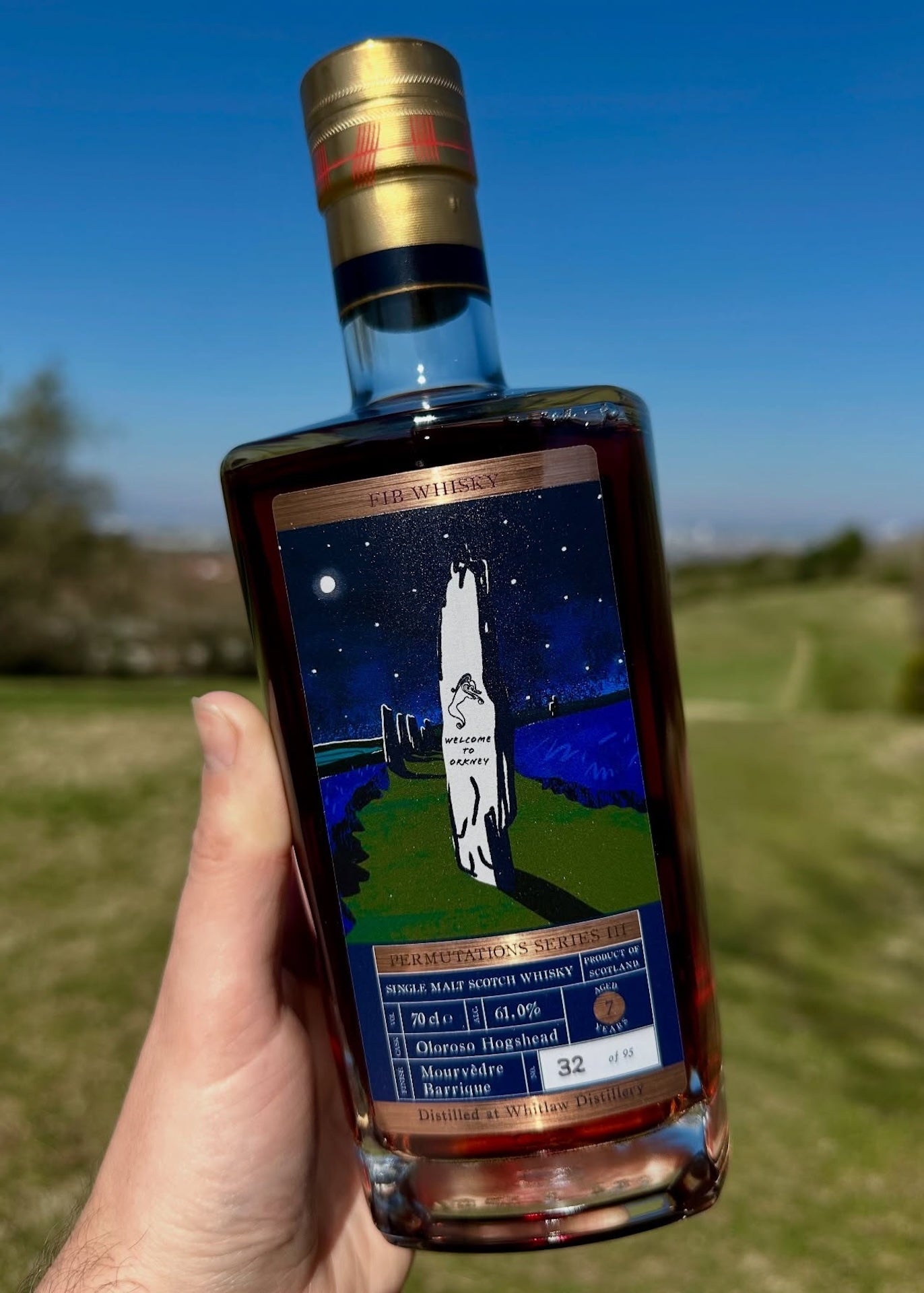
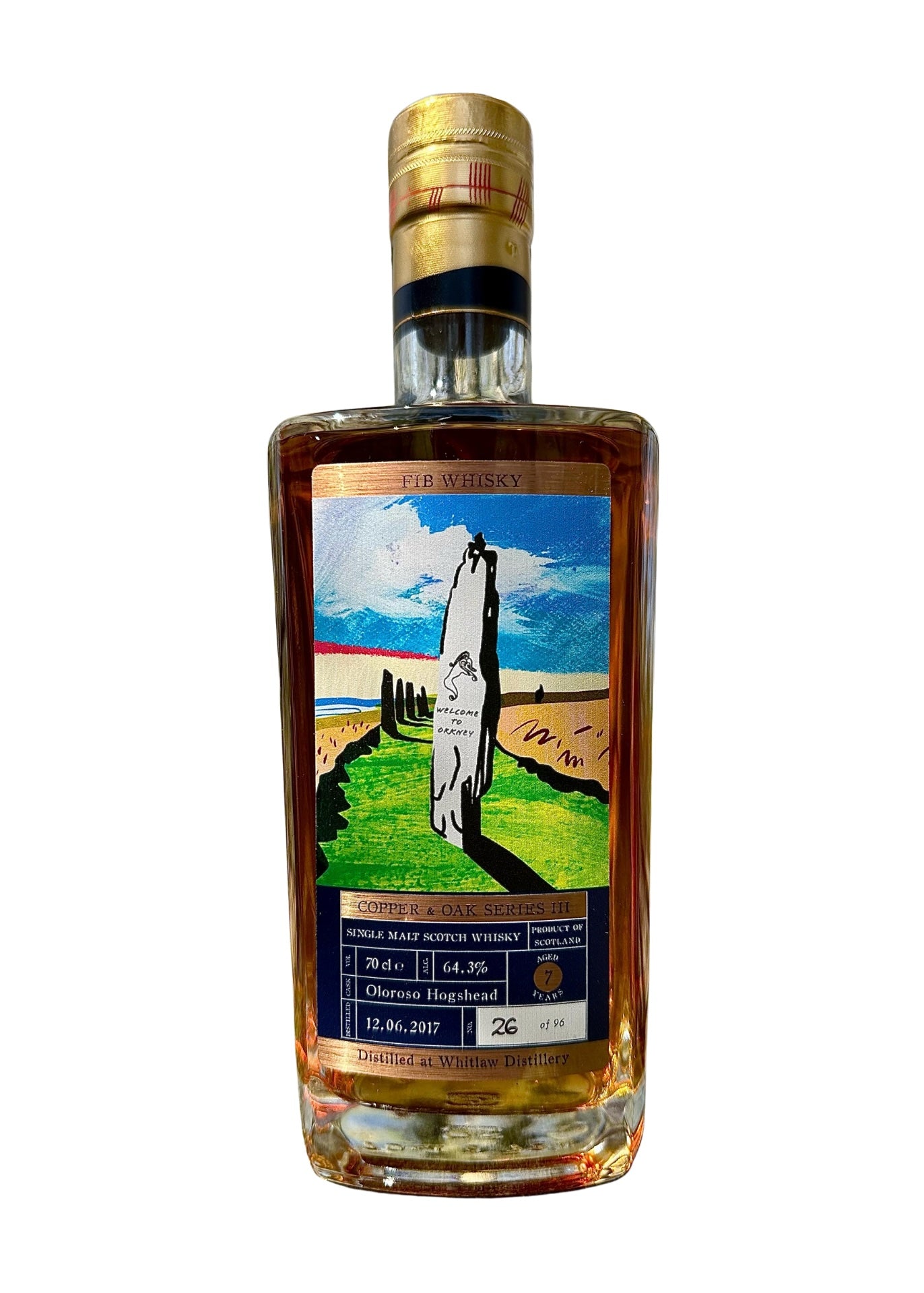
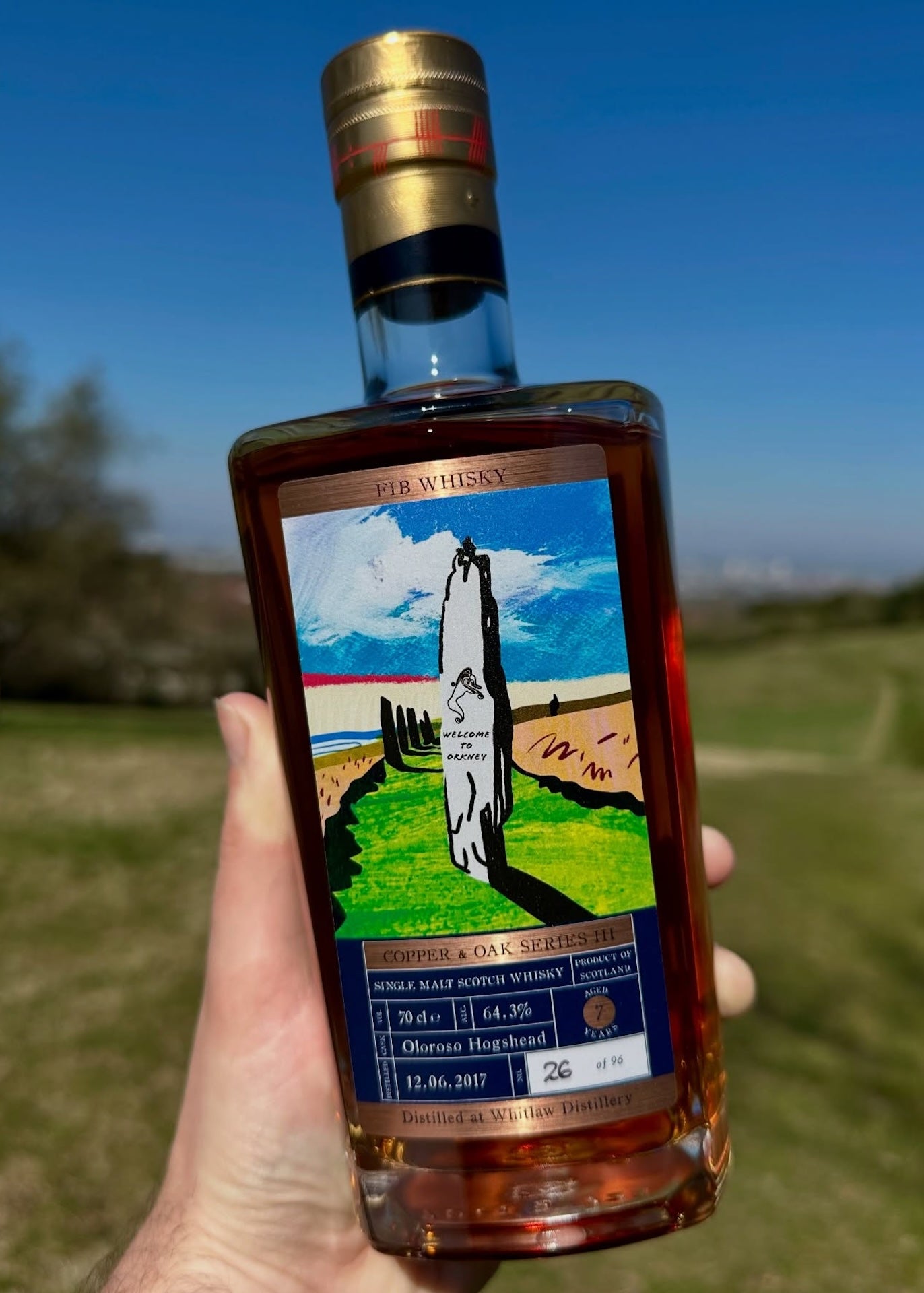
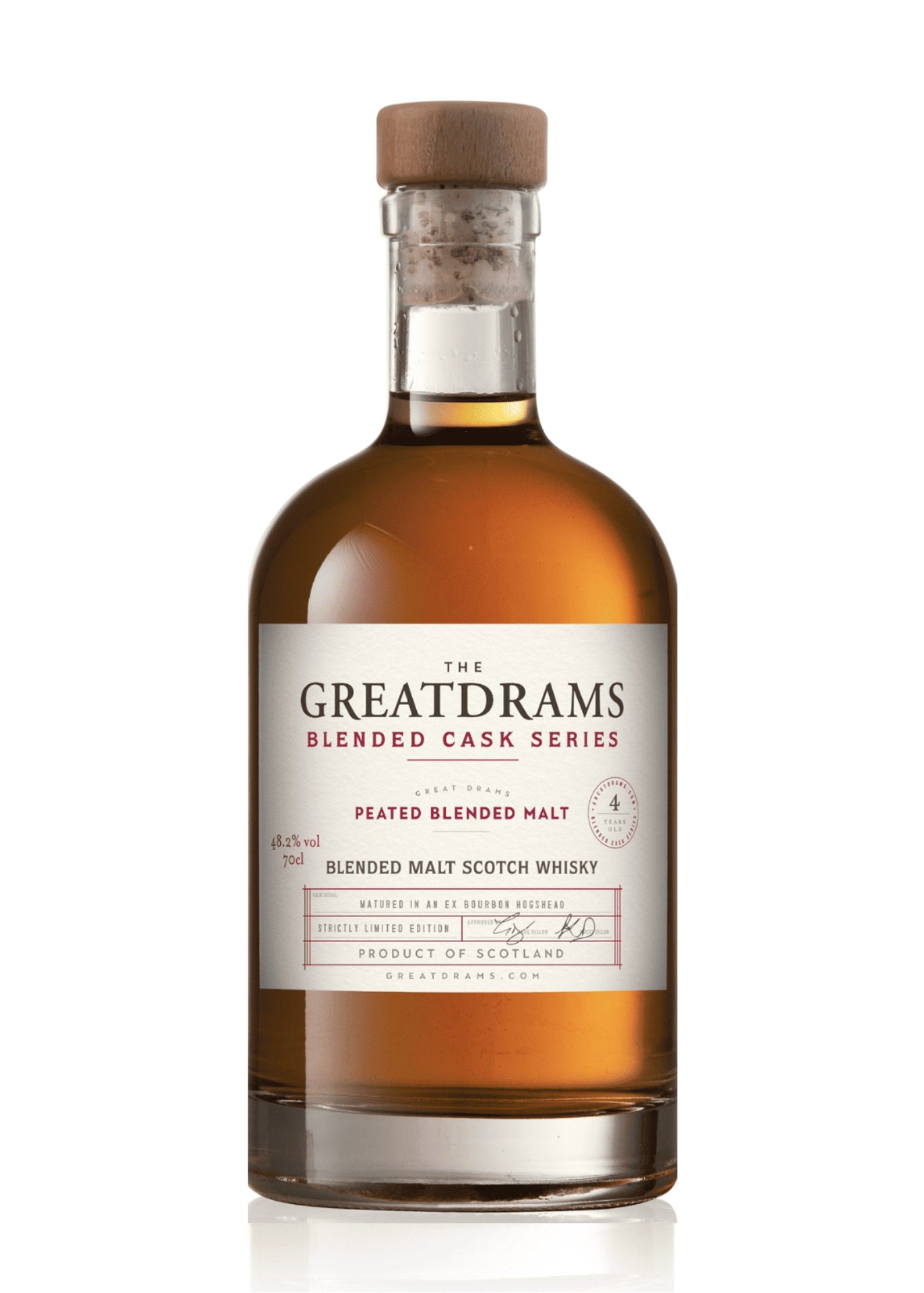
Leave a comment
This site is protected by hCaptcha and the hCaptcha Privacy Policy and Terms of Service apply.